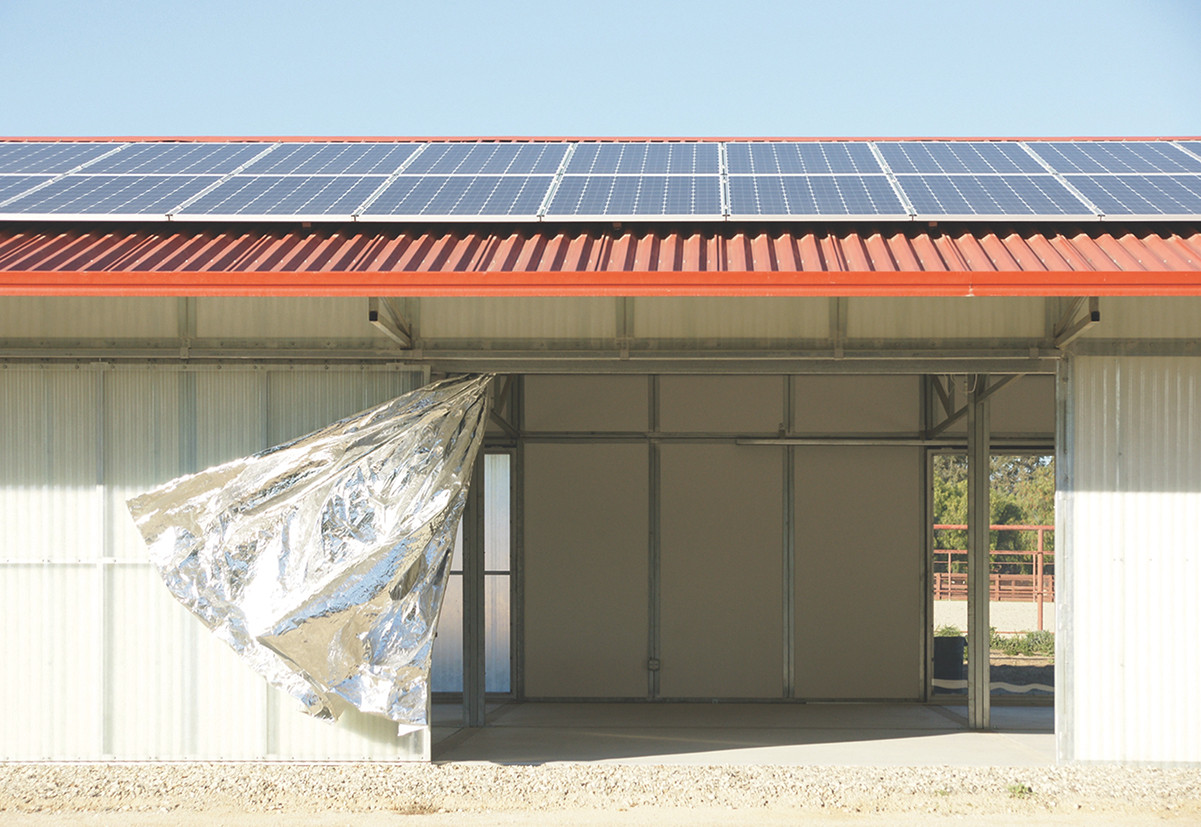agps architecture
Opening: Thursday, November 2, 2017, 7 p.m.
Welcome: Ulrich Müller
Introduction: Rainer Hehl
Gallery talk: Thursday, November 23, 2017, 7 p.m.
Andreas Ruby with Sarah Graham + Marc Angélil, Jenny Rodenhouse, Karin Sander, and Arno Brandlhuber
We used to know how much a toilet should cost: a reliable one was US$500. Pay more and they get too compli-cated; pay less and they break. Now, however, we don’t know any more. With the internet, overstock supply sales, and China, we don’t know how much we should pay for toilets or faucets or lights or anything else that goes into a building. And how much should we pay for shelter? Why can’t we build lightly rather than with heavy, redundant layers? Building codes provide an immediate answer as to what is not allowable, but what is possible? Why can’t we use the straightforward, economical systems of agriculture and industry for building shelter?
The 99¢ Space project is a conceptual probe into making inexpensive space, investigating how little one can pay for a livable space in a warm climate in the western world. While everyone likes a deal, this project was approa-ched as research and exploration. A prefabricated horse barn in rural California was transformed into a living/working unit with minimum means. Materials came from farming catalogues and industrial suppliers, sourced locally as possible. The building is one component of an almost self-sustaining, almost off-the-grid farm, with 99¢ being the modus operandi of the overall design investigation.
For the exhibition, Jenny Rodenhouse, Los Angeles based media artist, has developed a multi-channel video installation, representing the 99¢ Space in multiple points of view and time within its everyday context. A reflective mylar curtain across the window wall of the gallery introduces the 99¢ materiality to the Karl-Marx-Allee.
agps architecture practices in Los Angeles and Zurich. Founded in 1982 by Sarah Graham and Marc Angélil, and in partnership since 1991 with Manuel Scholl, the work includes urban design, infrastructure, landscape, and architecture. This show is part of a continuing investigation into the intersections of architecture and everyday life.
